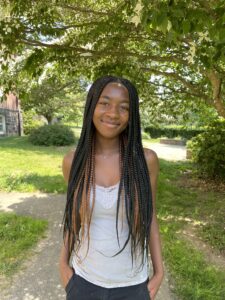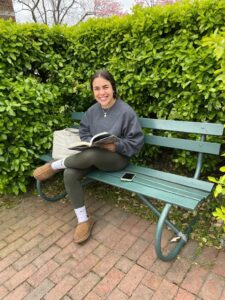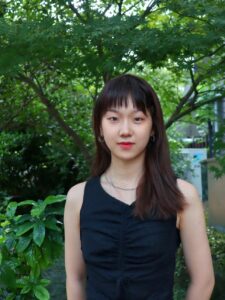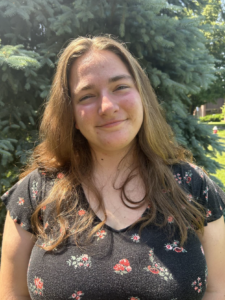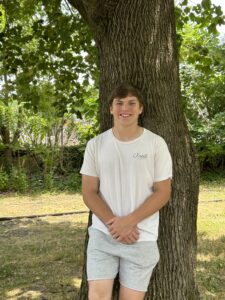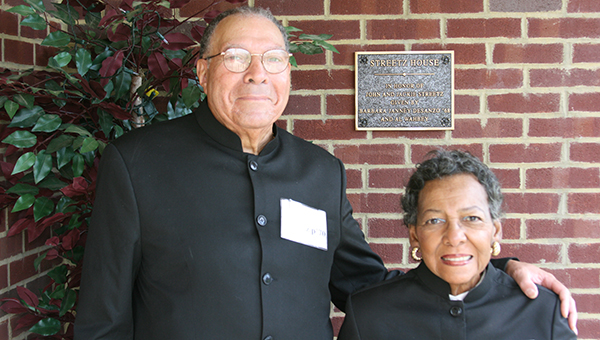
John and Jackie Streetz left their mark on George School in many ways, but most of all on the students. John was hired in 1950 as the first faculty member of color and Jackie as the first administrative staff member of color. They stayed at George School for sixteen years and as there was no path to follow, they created their own. Deeply committed Quakers, they sought experiences through cultural exchange.
“You have to remember what things were like during the 50s and 60s,” explained their daughter Pamela Mederos-Streetz ’70. “It was prior to, and during the Civil Rights Movement, and my parents felt they had a unique opportunity to educate young (white) teens, as they knew most would never have interacted with a person of color in an authority role before. Things were not perfect, and my father was concerned about my mother driving by herself in Newtown as she had been followed home by a strange man.”
Pamela recalls the actor George Segal ’51 coming up to her mother at a reunion. “After he gave her a big hug, he told her that she changed his perspective on race with a comment she made at the dinner table during his time at George School. Back then, adults and students had assigned seats for dinner, and George sat at the same table as my mother. After my parents had been at George School for a year, George asked her how she was finding being at the school. She replied, ‘like a fly in a glass of milk.’”
“My parents were brilliant in their own ways and complemented each other,” continued Pamela. “Dad was 6’4” and an academic and athlete; mom was 5’2”, and an accomplished member of the first African American ballet in Philadelphia and a gifted pianist who could sight read anything. Her forte was classical music, but her love was jazz, and she had a great sense of humor.”
John and Jackie took their responsibility as in loco parentis very seriously. “My mother drove students to doctor’s appointments constantly and made sure students knew that if they needed anything, she would always be there for them,” said Pamela. “She was very astute and could engage and draw out the quiet students. She and Mary Geissinger took a special interest in the girls’ sports teams and provided snacks during breaks as they wanted the girls to feel supported.”
Jackie and John were also the Class Sponsors for the Class of 1961. “I believe my parents awakened many new things for that class, and I hope all of the students left with good feelings about their experience,” continued Pamela.
Many students became lifelong friends with the couple, including Burt Ross ’61. “As a child, I had polio and required extensive physical therapy during my freshman year at George School. As a boarding student, my mother didn’t know how I would be able to get to therapy until we met my Orton dorm parent, Jackie Streetz. She was amazing and I spent a lot of time with her. She was spirited and said what was on her mind. I also spent time with John as he was the Chess Club sponsor, and I was Class of 1961 president during freshman and sophomore years. John was very self-contained, but when you got to know him, you saw his big heart of gold. I loved them both.”
“John came to every reunion, even our 50th, despite the fact they had moved to California in 1968,” continued Burt. “Our class admired them so much that when we decided to do something big for our 50th reunion, we knew we wanted to rename a scholarship the class had created for our 25th reunion in their honor. We added significantly to the John and Jackie Streetz Endowed Scholarship Fund that year and, for our 60th reunion, additional funds were given by generous classmates. Scholarships are very important as it makes George School a more diverse place. There is no tokenism at George School, and I feel good about this,” Burt said.
Kathryn Waddell Takara ’61 was deeply impacted by John and Jackie Streetz. As the only noticeable student of color at George School at that time, coming to an all-white northern school was a change from the all-black community she left behind in Tuskegee, Alabama. “My mother was a professor of French and German and my father taught at the Veterinary School at Tuskegee University, so while the Streetz’s were from the north, they represented something that was familiar,” said Kathryn. “They were black, educated, compassionate, and their open arms policy and intelligence drew me to them and comforted me. My mother met them prior to my arrival, and she felt confident they had a sense of where I was coming from and the possibilities of what I might be. They were beacons for me, and I knew I could speak frankly with them about my emotions. In my community dancing was very important, but at George School mixers, no one would dance with me and I was socially isolated. At that time, black music was not well known and the Streetz’s told me about a Newark radio station which played blues and soul; however, I was embarrassed to listen to it in front of my peers.”
“I immersed myself in clubs, committees, cheerleading, and taking leadership positions. Writing became my refuge and Ken Keskinen (English) recognized my potential and encouraged me to express my deep feelings through writing. Many years later when I was reading my poetry at an event in Oakland, CA, John Streetz “found” me again. Subsequently, whenever I was in California, I would go to Jackie and John’s home and there would be 2-3 other George School friends there,” said Kathryn.
“I got to know John and Jackie as adults on a more personal level and became great friends,” continued Kathryn. “I admired the direction their lives had taken after George School and the fact that they opened a southern restaurant in Berkeley. Jackie was a classy, spectacular lady with a great sense of style. After she passed, Pamela gave me some of her clothing and I wear them on special occasions with Jackie in mind. John was a sterling educator in the broadest sense. At George School, he opened my path and let me believe in myself and taught me to let go of my fear. He encouraged me to be who I am. He never said this through words but through a hug and his presence. There was scope, depth, broadness, and magic to what he did. His path must have been lonely, but he showed me you can be lonely and still thrive and be a beacon for others. John encouraged me to reconnect with George School and I returned for my 50th reunion because of him. I was pleased to see all the improvements and that the school had become more fully American and multicultural.”
Jim Talbot ’61 was also close to the Streetz family. His father, Jack Talbot, was the Dean of Boys at George School and helped recruit John to George School to teach chemistry. Despite some resistance from parents, the administration stood firm about appointing John. Jack served as one of John’s mentors and they became close friends. “I remember my parents socializing a lot with John and Jackie and my father was in awe of John’s talent for chemistry and math,” said Jim. “Our families were close and Pamela and my sister Wendy ’70 were very good friends. I personally got to know John and Jackie as a student when they were our Class Sponsors. John was firm but he listened to us which earned our respect, and we knew we could trust and rely on him. John moved into the Deans’ Office when my father went on sabbatical. After college, I returned to George School as an intern and John and I became colleagues. John was a great athlete and coached cross country and track at George School. Like many other people from George School, my parents and I stayed in touch and visited with John, Jackie, and Pamela over the years.”
Colleague Dottie Detweiler (Math) remembers students being drawn to John and Jackie’s warm and friendly nature. Phyllis Fetterman Sexton (Science) enjoyed working with John to write a chemistry textbook which was used from 1964-1969 by the Natural Science and Exploratory students. “We were using college textbooks and John felt advanced students should have a textbook which had the information they needed in an understandable format,” said Phyllis. “So, we set about creating a new textbook over the course of two summers. That was what John was like. When I started teaching again at George School, John was my mentor and taught me great techniques and classroom management skills.”
Henry (Bob) R. Hidell III ’59 was a student, colleague, and lifelong friend. “John’s teaching style was direct, but at the same time he was kind, patient, and deeply respectful of his students,” said Bob. “We often made “curious statements” that really said to him, ‘I don’t have clue what you are saying Mr. Streetz.’ He would not make fun of us but instead try to understand what we did not comprehend and then like a good attorney in a deposition, make the same stated concept in a different set of words. I did not like chemistry–in fact, I loathed it. But, to this day I must understand it for the work I do. His was the only chemistry course I ever took. Each time I look at chemical analysis, it’s through John’s eyes and my memory.”
“You will hear from many George School students how much John meant to them and that they stayed in touch through those intervening years until his death,” continued Bob. “His teaching skills were efficient, but it was his interaction with his students that kept us bonded to him and that is a very important part of being a teacher. He cared and we could tell. John stayed with us as we aged, had our families, created our lives, struggled through sadness, levitated through happiness, and most of all celebrated our lives. He never failed to tell us he loved us. His gift was to leave us all wiser than when we showed up in his classroom. He showed us that we mattered. He let us believe that we could do anything. He made us super-human, and the beauty of his friendship is that we believed him.”
Seeking new cultural experiences was important to John and Jackie and they led a George School work camp to Germany during the summer of 1962. Newton (Newt) Brosius ’62 was one of the students on the three-month work camp. “Since the end of World War II, George School sent students and faculty to Europe to help rebuild the country,” said Newt. “We visited three schools George School had exchange programs with and together we all travelled to Lahr, Germany to work at an orphanage. After working there for six weeks, we traveled to Lake Constance, Switzerland for a vacation. Spending all that time with John and Jackie was wonderful. John was also my track coach at George School, and I was a sought-after runner at university, but I chose not to run because the coach was nothing like John,” continued Newt. “It is hard for me to explain why, but he is the man I most admire in the world.”
John and Jackie were loyal to their students, friends, family, and the principles that governed their lives. Long after their sixteen years at George School, they continued to give to the school as advisors, committee volunteers, and fundraisers. The Streetz’s contributed so much to George School and their impact can be seen on campus to this day.





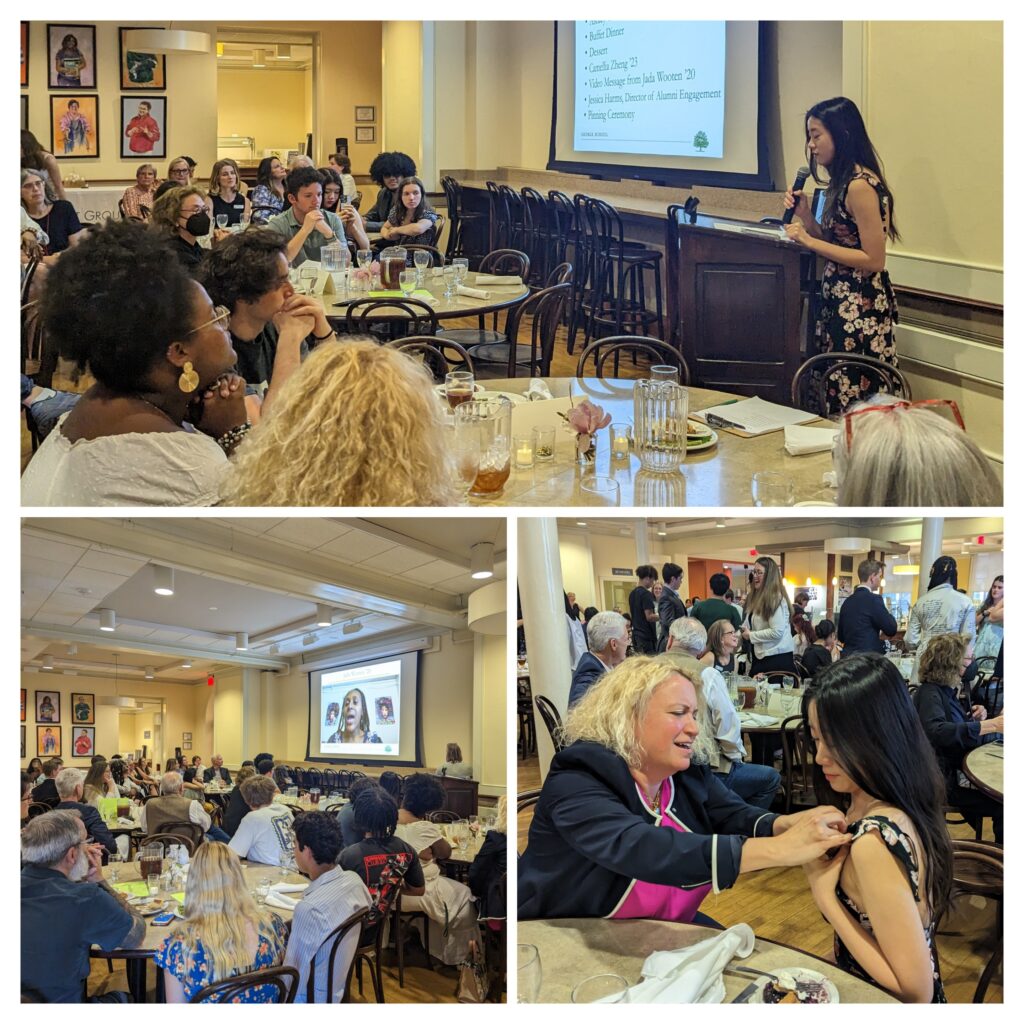
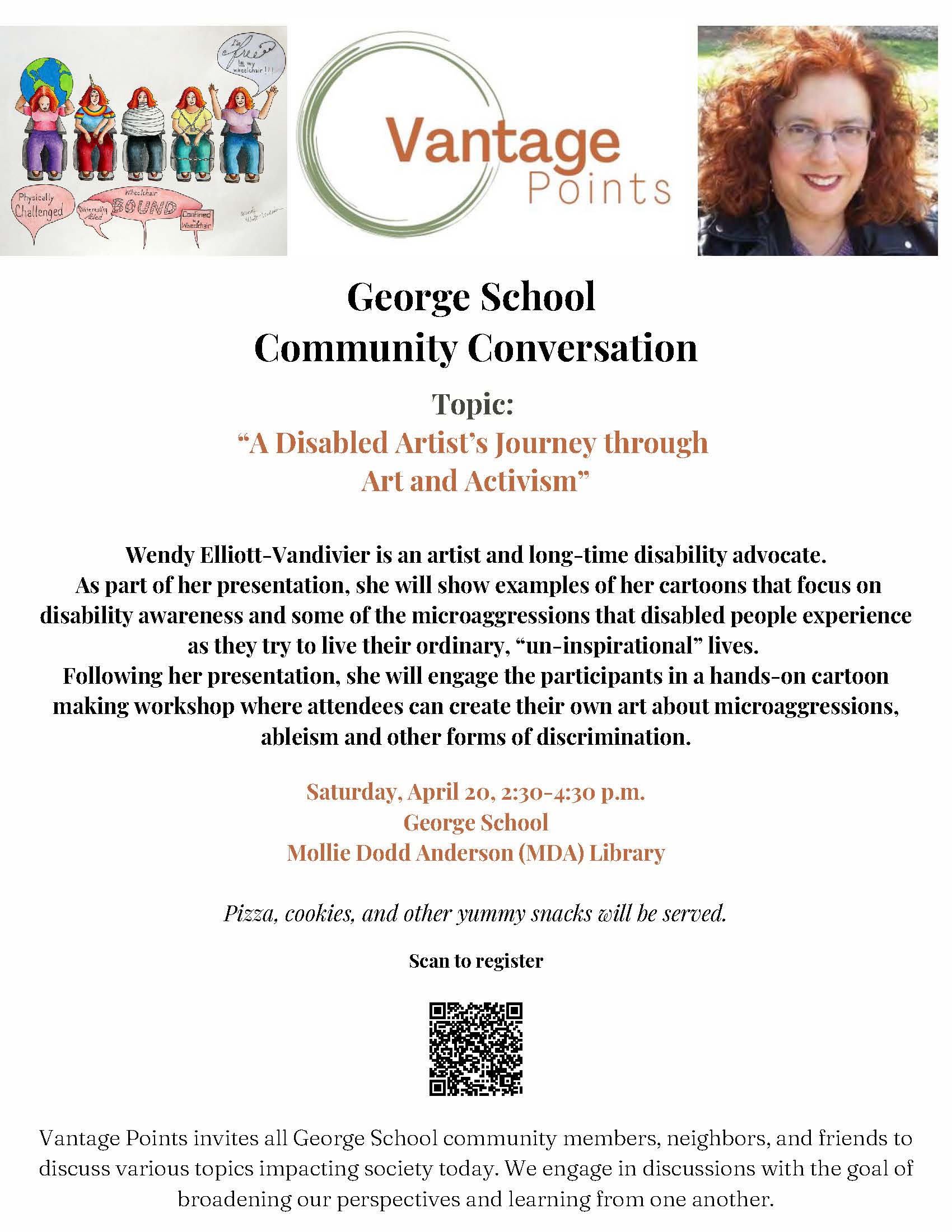

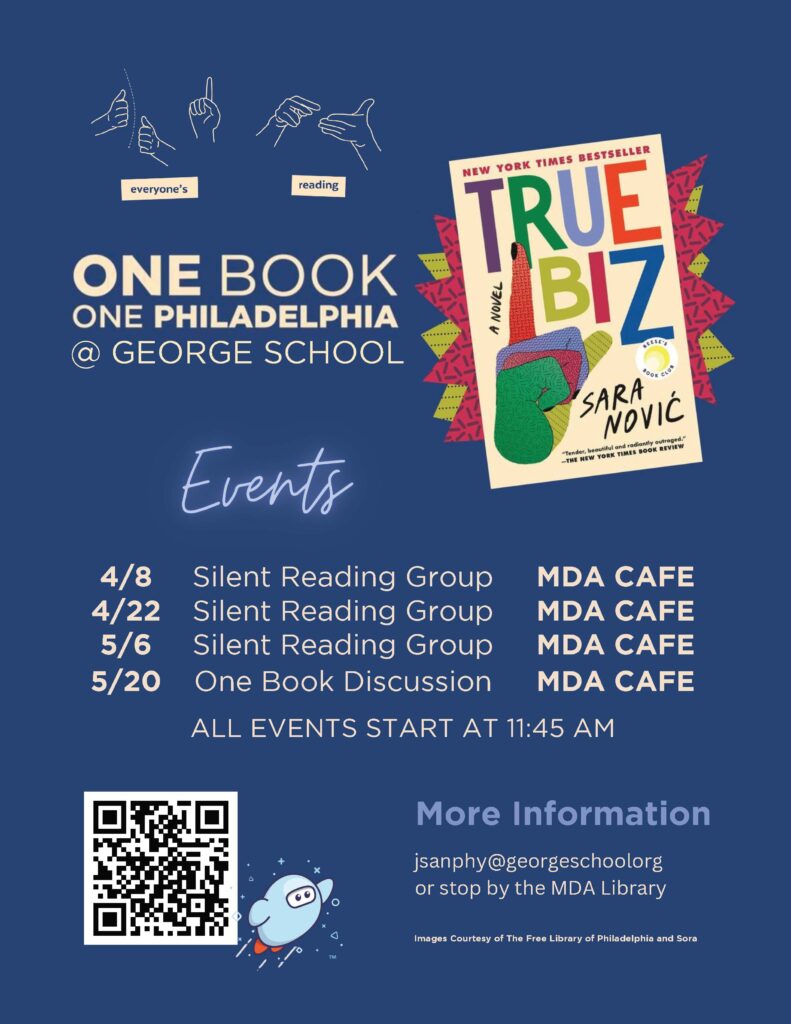
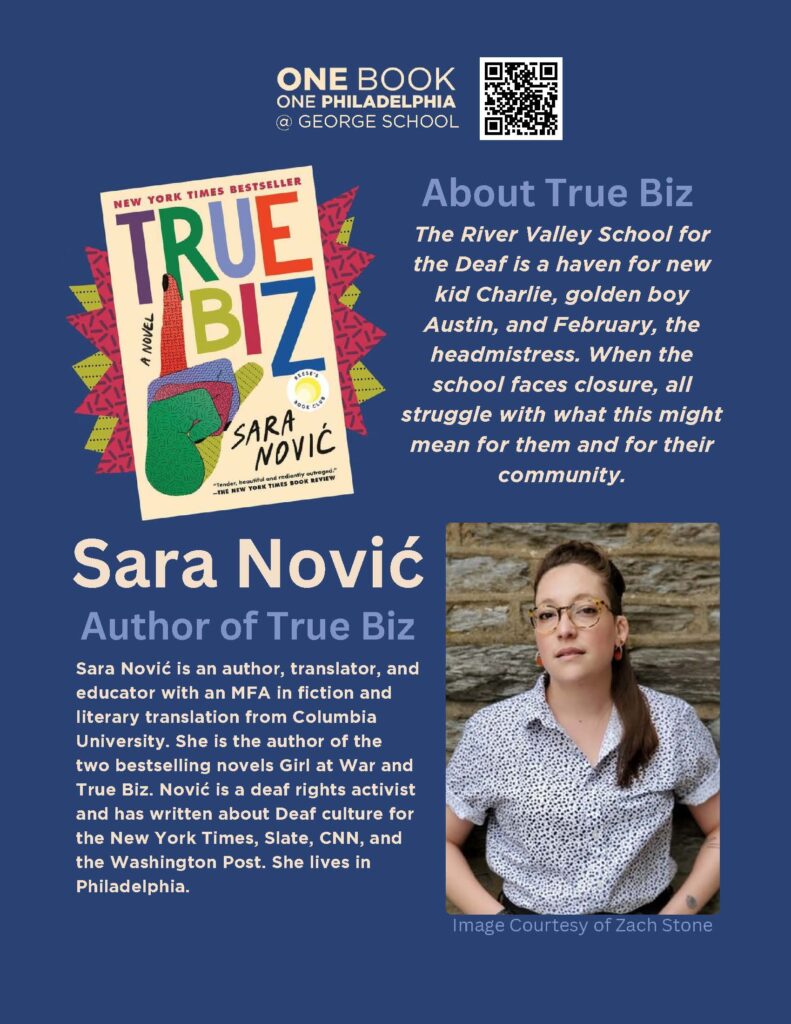
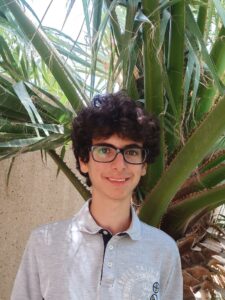 Monastir, Tunisia, and Amman, Jordan
Monastir, Tunisia, and Amman, Jordan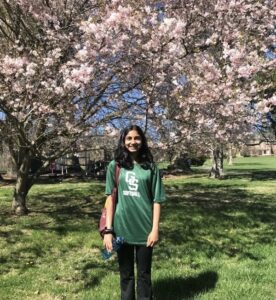 Irvine, CA
Irvine, CA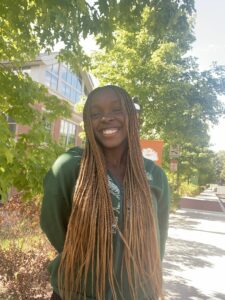 Feasterville-Trevose, PA
Feasterville-Trevose, PA New Hope, PA (Previously NYC)
New Hope, PA (Previously NYC)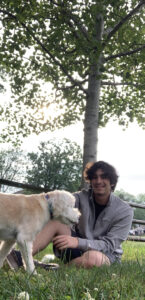 Richboro, PA
Richboro, PA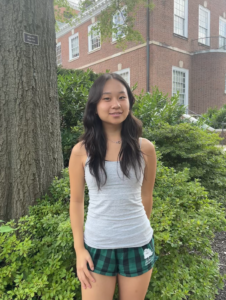 Englewood, NJ
Englewood, NJ Ningbo, Zhejiang, China
Ningbo, Zhejiang, China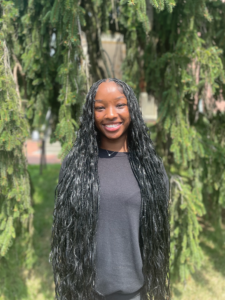 Willingboro, NJ
Willingboro, NJ Yardley, PA
Yardley, PA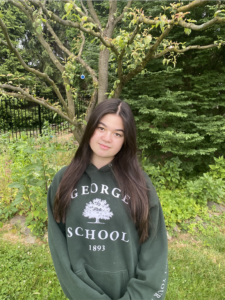 Newtown, PA
Newtown, PA Holicong, PA
Holicong, PA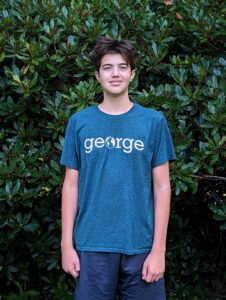 Newtown, PA
Newtown, PA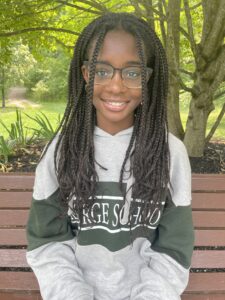 Hamilton, NJ
Hamilton, NJ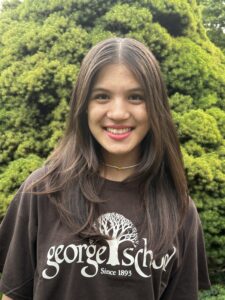 Yardley, PA
Yardley, PA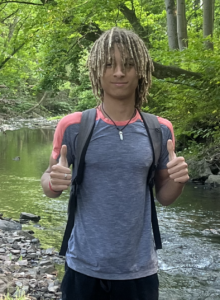 Lambertville, NJ
Lambertville, NJ Chongqing, China
Chongqing, China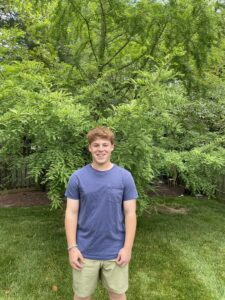 Pennington, NJ
Pennington, NJ Yardley, PA
Yardley, PA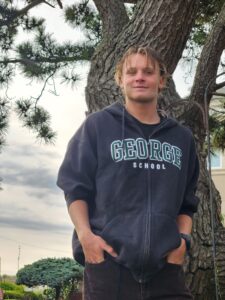 Bensalem, PA
Bensalem, PA Borgota, Colombia
Borgota, Colombia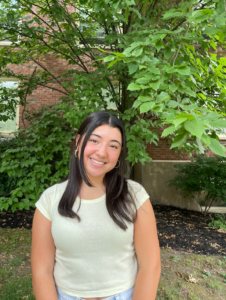 Newtown, PA
Newtown, PA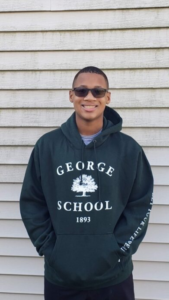 Burlington, NJ
Burlington, NJ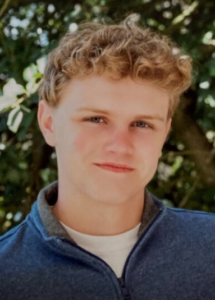 Langhorne, PA
Langhorne, PA Princeton, NJ
Princeton, NJ Langhorne, PA
Langhorne, PA New York City, NY
New York City, NY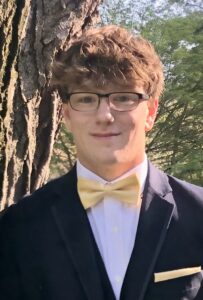 New Hope, PA
New Hope, PA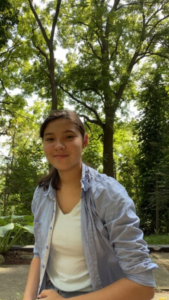 St. Catharines, Ontario, Canada
St. Catharines, Ontario, Canada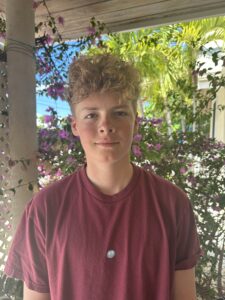 Providenciales, Turks and Caicos Islands
Providenciales, Turks and Caicos Islands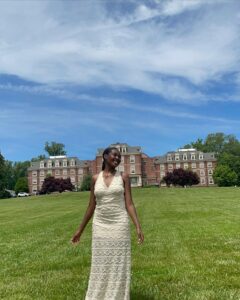 Willingboro, NJ
Willingboro, NJ Princeton, NJ
Princeton, NJ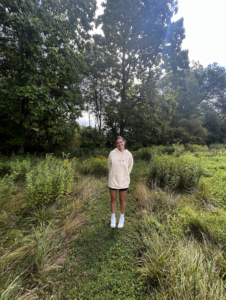
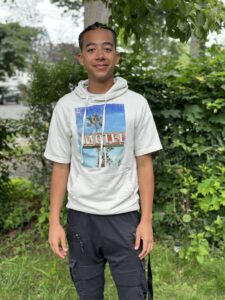 Newark, NJ
Newark, NJ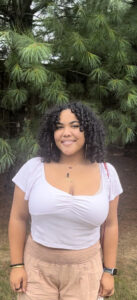 Trenton, NJ
Trenton, NJ Newtown, PA
Newtown, PA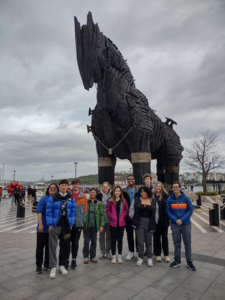
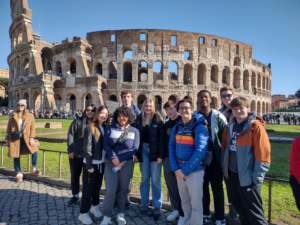
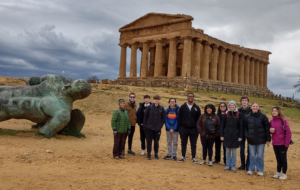





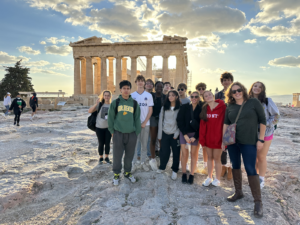
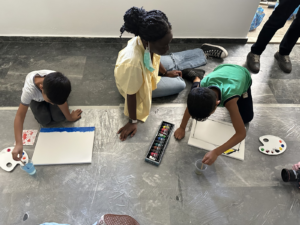
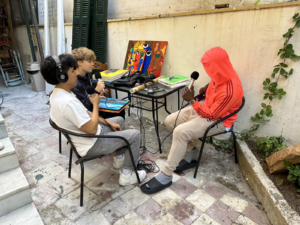

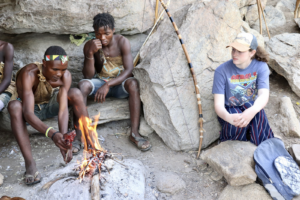
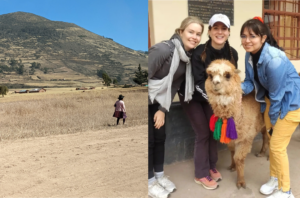
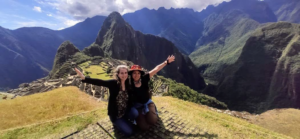
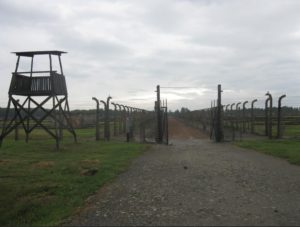
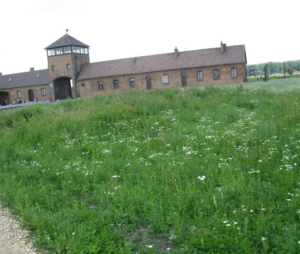


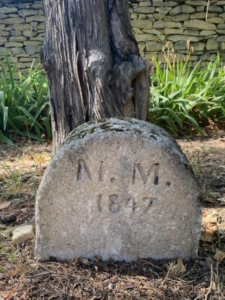
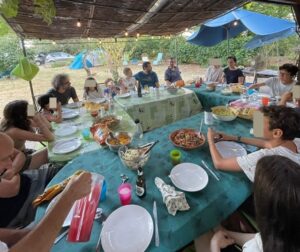
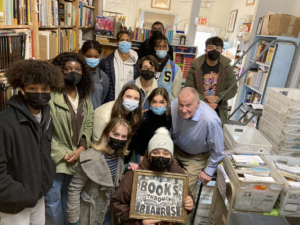
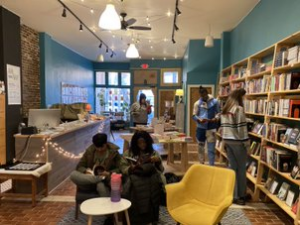
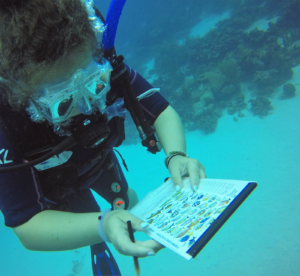

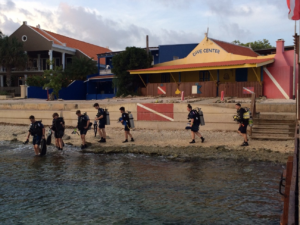
 Lawrence, NJ
Lawrence, NJ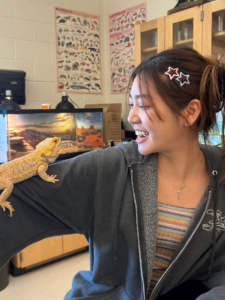 Seoul, South Korea
Seoul, South Korea
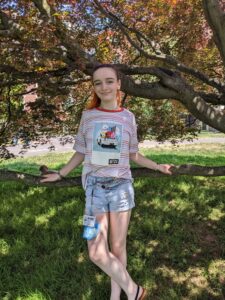 Milwaukee, Wisconsin
Milwaukee, Wisconsin Pennington, NJ
Pennington, NJ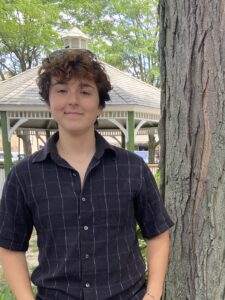 Jenkintown, PA
Jenkintown, PA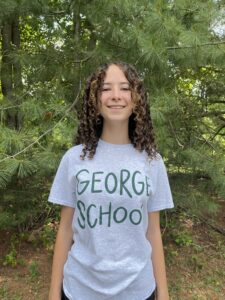 Ottsville, PA
Ottsville, PA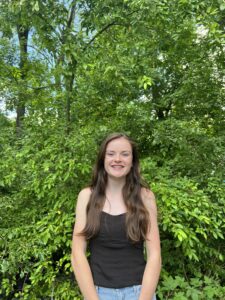 Yardley, PA
Yardley, PA Providenciales, Turks and Caicos Islands
Providenciales, Turks and Caicos Islands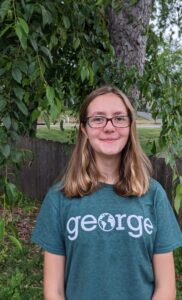 Hopewell, NJ
Hopewell, NJ
 Pottstown, PA
Pottstown, PA Playa del Carmen, Quintana Roo, México
Playa del Carmen, Quintana Roo, México Shanghai, China
Shanghai, China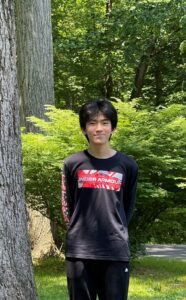 Beijing, China
Beijing, China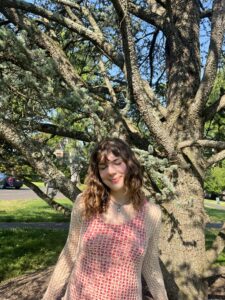 Yardley, PA
Yardley, PA Beijing, China
Beijing, China Holland, PA
Holland, PA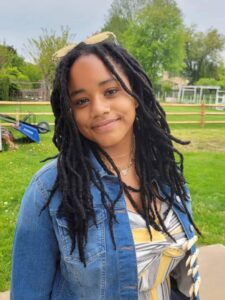 Langhorne, PA
Langhorne, PA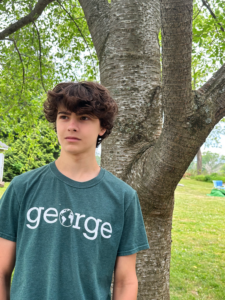 Ringoes, NJ
Ringoes, NJ New Hope, PA
New Hope, PA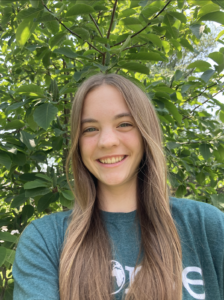 Dreshner, PA
Dreshner, PA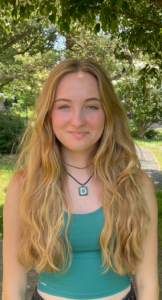 Yardley, PA
Yardley, PA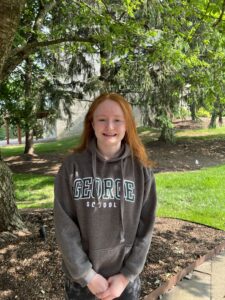 Yardley, PA
Yardley, PA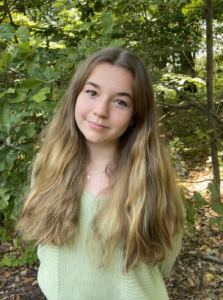 PA
PA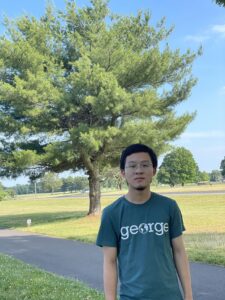

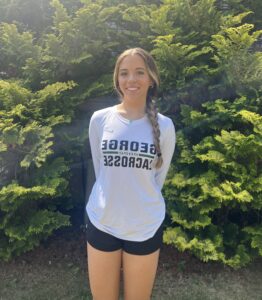
 Xi’an, China
Xi’an, China